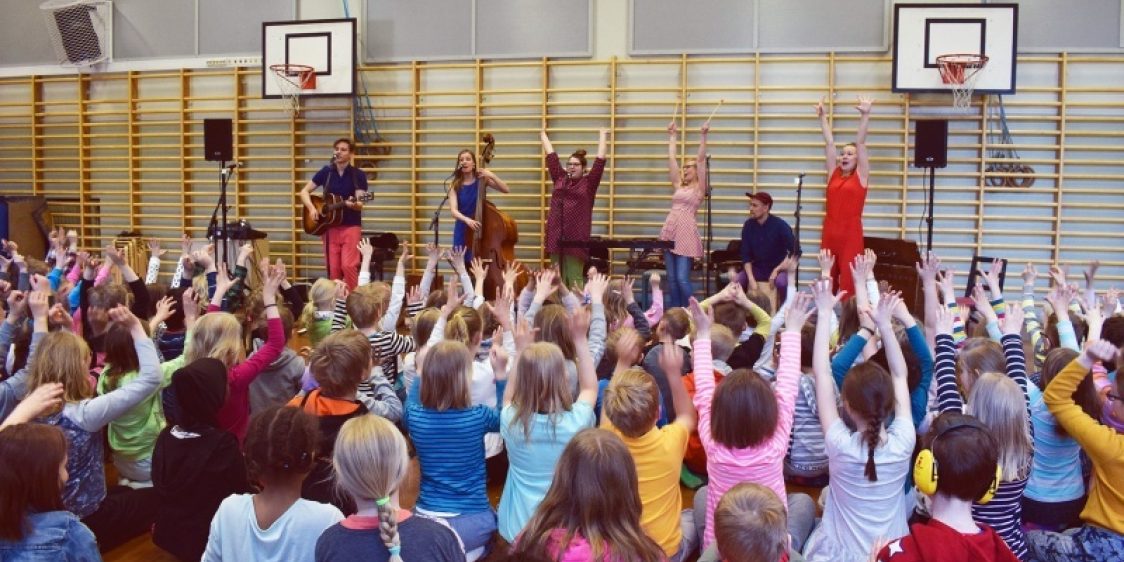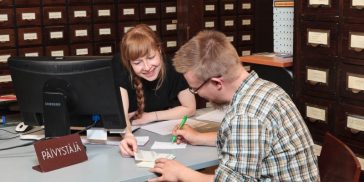
Education and transmission
A large part of intangible cultural heritage is transmitted through dialogue or interaction in families or communities from one generation to another and beyond the generational lines. The transmission of heritage occurs mainly in the sphere of informal learning. The prerequisite for the transferring is that the community has the necessary ability to practice intangible cultural heritage and the will to transmit its skill, and by those means to safeguard the existence and continuity of intangible cultural heritage.
Education plays a key role in safeguarding intangible cultural heritage. Living heritage can provide context-specific content and pedagogy for education programmes and thus act as a leverage to increase the relevance and quality of education and improve learning outcomes.
The perspective of training and education, provided by the Convention, means highlighting the themes of intangible cultural heritage and securing education in fields related to it. It also means taking the issues of diversity and multilinguality into consideration. It is important to engage the heritage communities in the development and implementation of education programmes.
Read more about the topic and UNESCOs programme on Safeguarding intangible cultural heritage in formal and non-formal education.
As part of the Convention, the Finnish Heritage Agency has created a website on study materials related to ICH in cooperation with the Association of Cultural Heritage Education in Finland. The website is in Finnish and Swedish.



